EASTERN TENT CATERPILLAR
DESCRIPTION
Nests or tents of the eastern tent caterpillar, Malacosoma americanum (Fabricius), are a common sight in along fence rows and in homeowner trees during the spring months. Its close cousin, the forest tent caterpillar, M. disstria Hubner, doesn't make a tent at all though the caterpillar may be common in wooded areas. Both caterpillars are commonly mistaken for gypsy moth larvae by homeowners or wood lot managers.
Photo by Pennsylvania Department of Conservation and Natural Resources - Forestry Archive
The eastern tent caterpillar makes its nest in the fork of branches and does not enclose leaves like the fall webworm. Tent caterpillars are generally active until early June and fall webworms are active in July through September. The eastern tent caterpillars prefer wild cherry along roadways, but it can be found making nests in ornamental apple, crabapple, plum, peach, and cherry in landscapes. Occasionally it will form nests in ash, birch, willow, maple, oak, cotoneaster, and poplar. The favorite food of the forest tent caterpillar is also wild cherry but oaks, maples, hawthorns, and many other shade and forest trees may be attacked. One or two colonies can completely defoliate small trees. Periodic, major outbreaks result in numerous colonies in larger trees which can also do considerable defoliation. Since this defoliation occurs early in the season, the plants must set out new leaves at considerable energy expense. The major concern in landscape, however, is the ugly tents that remain long after the caterpillars are gone. Besides making a tree look unsightly with the webs it constructs in the crotches of limbs and branches, when populations are high the caterpillars arouse much concern among area residents when they migrate in mass in search of new food or a place to complete their development on forest situations. During periods of migration, caterpillars may be seen by the thousands traveling over roads, streets, driveways, and sidewalks.
LIFECYCLE
The eastern tent caterpillar is easily identified when it builds its white silk nest in the crotch of small trees or where several limbs meet on larger trees. Eastern and forest tent caterpillars have thick, tan hair and are black in color with irregular blue and white mottling. Some of the white markings define stripes. The eastern tent caterpillar has a diagnostic solid white stripe down the back while the forest tent caterpillar has a series of keyhole-shaped spots.
Tent caterpillars overwinter in the egg stage. Egg masses are attached to small twigs and appear as shiny, dark gray foam rapped around the twig. These masses are about one inch long and contain 150 to 350 eggs. The eggs hatch in early spring just as the leaf buds begin to show green. The tiny black caterpillars sun themselves on the egg mass but soon move to a nearby fork in the branches. Here they begin to spin silk and form a tent. The larvae migrate to the new leaves to feed, usually in the morning or early afternoon. After feeding the larvae return to the nest. The larvae lay down silk trails wherever they go and these trails serve as roadways for other larvae. Feeding continues for four to six weeks until the larvae are about two inches long. Mature larvae usually leave the nest and tree to search for a suitable place to spin a cocoon. The larvae spin compact, spindle-shaped cocoons of white to yellow silk. The adults emerge in two to four weeks. The adults are about one inch long, are reddish brown in color and have two creamy-white stripes running obliquely across the front wings. Forest tent caterpillars do not make a nest and the adult’s moths have dark brown stripes instead of white. Mating occurs soon after emergence and the females attach their new egg masses to tree branches. These masses stay on the tree until the following spring. There is only one generation per year.
TREATMENTS
Fortunately these pests rarely reach large populations in ornamental trees. Advised homeowners clip off and crush or dispose. Prune out any nests in the spring. It is suggested that a glove be used as the caterpillar hairs are irritating to some people. Simply scrape the nest off onto the ground and crush the caterpillars or drop them into a pan of soapy water. Early morning, late afternoon, or cloudy days are best because most of the caterpillars will be in the tent.
Spray applications to the plant foliage while the larvae are small. Numerous predators and parasites also attack this pest but in some years these agents do not arrive in sufficient numbers to adequately control tent caterpillars.
Caterpillars Larvae
Mature Eastern Tent Caterpillar
Photo: Steven Katovich, USDA Forest Service, Bugwood.org
Photo: Lacy L. Hyche, Auburn University, Bugwood.org
From OSU Extension Fact sheet HYG-2022-95
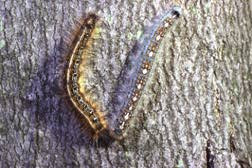
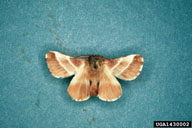
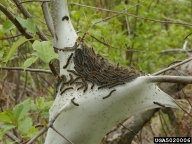


CONTACT OWEN TREE AT:



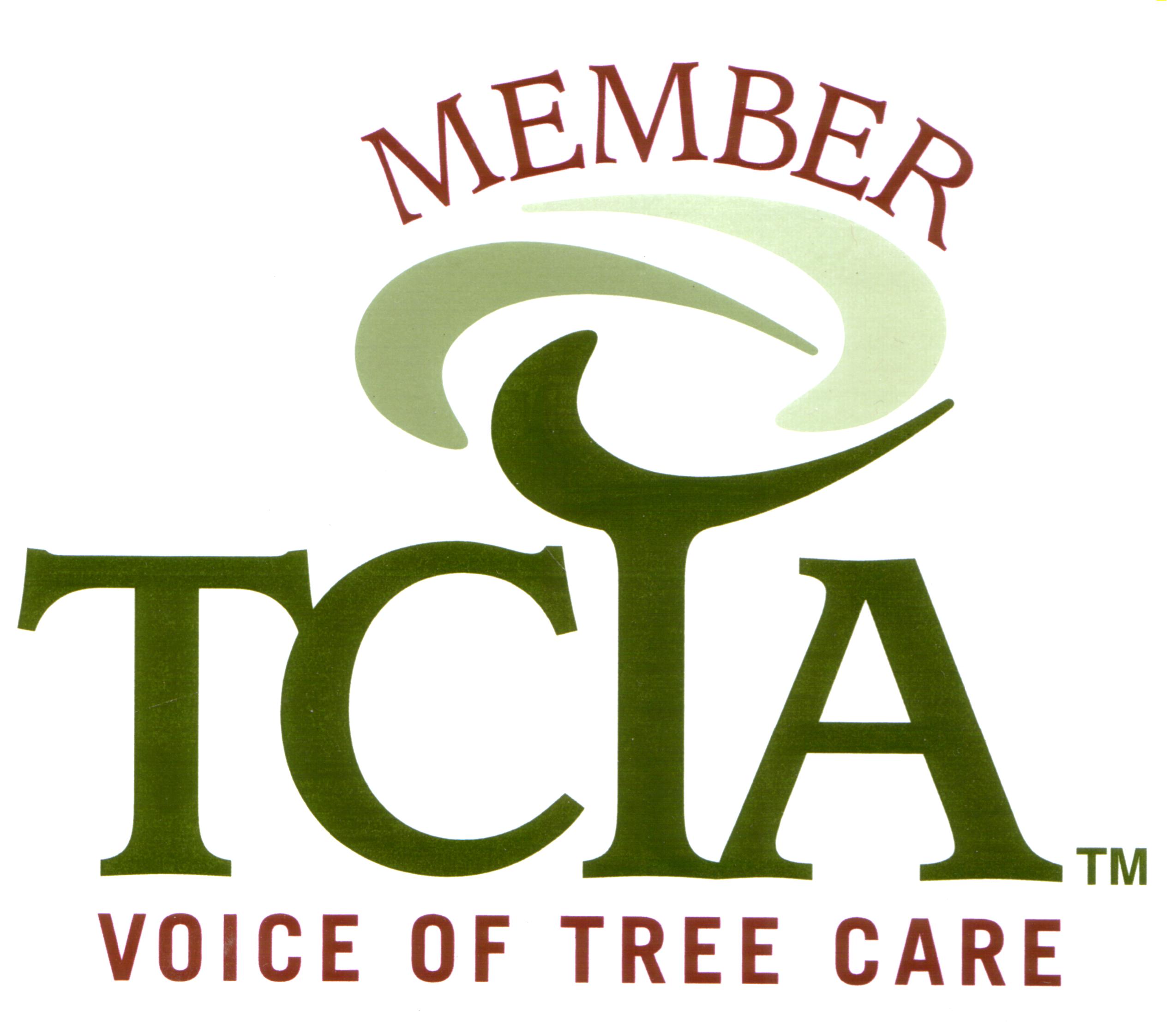
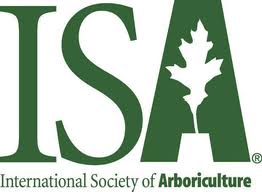

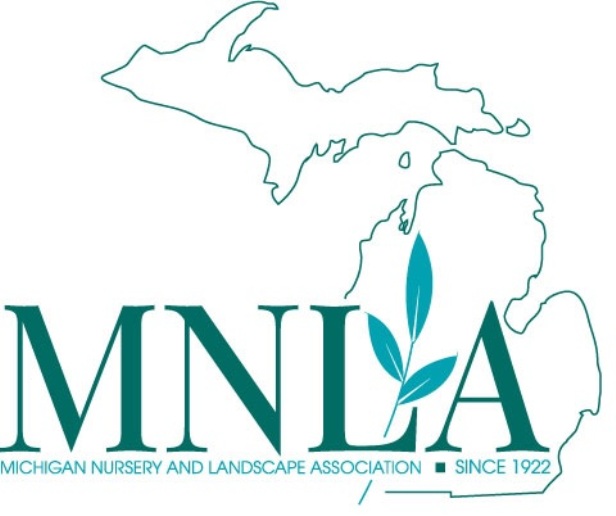
● Leonard
Owen Tree Service provides tree, lawn, and landscape services to the following cities and towns:
Genesee County, Michigan:
● Burton
● Davison
● Flushing
● Goodrich
● Linden
● Otisville
● Clio
● Fenton
● Gaines
● Grand Blanc
● Montrose
● Otter Lake
● Flint
● Genesee
● Lennon
● Mt Morris
● Swartz Creek
Lapeer County, Michigan:
● Almont
● Brown City
● Columbiaville
● Imlay City
● Metamora
● Peck
● Attica
● Clifford
● Dryden
● Lapeer
● North Branch
● Sandusky
● Hadley
● Mayville
● Otter Lake
● Silverwood
Macomb County, Michigan:
● Armada
● Clinton Twp
● Grosse Pointe
● Macomb
● New Haven
● St Clair Shores
● Centerline
● Detroit
● Grosse Pointe Farms
● Ray
● Sterling Heights
● Chesterfield
● Eastpointe
● Grosse Pointe Shores
● Memphis
● Romeo
● Utica
● Clinton
● Fraser
● Grosse Pointe Woods
● Mt Clemens
● Roseville
● Warren
● Harrison Twp
● New Baltimore
● Shelby Twp
● Washington
Oakland County, Michigan:
● Auburn Hills
● Bloomfield Village
● Ferndale
● Orion
● South Lyon
● Berkley
● Clarkston
● Franklin
● Madison Heights
● Ortonville
● Southfield
● Beverly Hills
● Clawson
● Hazel Park
● Milford
● Oxford
● Troy
● Bingham Farms
● Commerce Twp
● Highland
● Novi
● Pleasant Ridge
● Walled Lake
● Birmingham
● Davisburg
● Holly
● Oak Park
● Pontiac
● Waterford
● Bloomfield
● Detroit
● Huntington Woods
● Oakland
● Rochester
● West Bloomfield
● Bloomfield Hills
● Farmington
● Lake Orion
● Oakland Twp
● Rochester Hills
● White Lake
● Farmington Hills
● Lathrup Village
● Orchard Lake
● Royal Oak
● Wixom
St. Clair County, Michigan:
● Algonac
● Casco
● East China
● Harbor Beach
● Lexington
● Peck
● Allenton
● Clay
● Emmett
● Harsens Island
● Marine City
● Port Huron
● Berlin
● Clyde
● Fair Haven
● Jeddo
● Marysville
● Richmond
● Brockway
● Columbus
● Fort Gratiot
● Kimball
● Memphis
● Sandusky
● Capac
● Cottrellville
● Goodells
● Lakeport
● North Street
● St Clair

